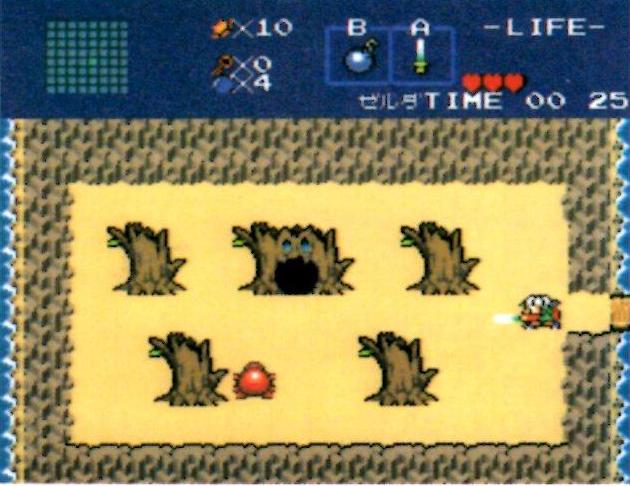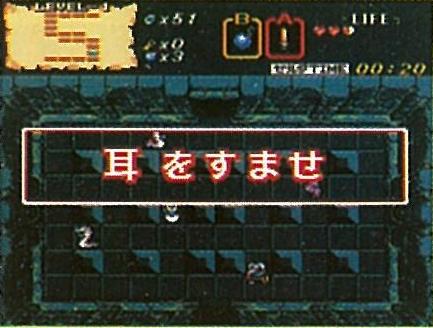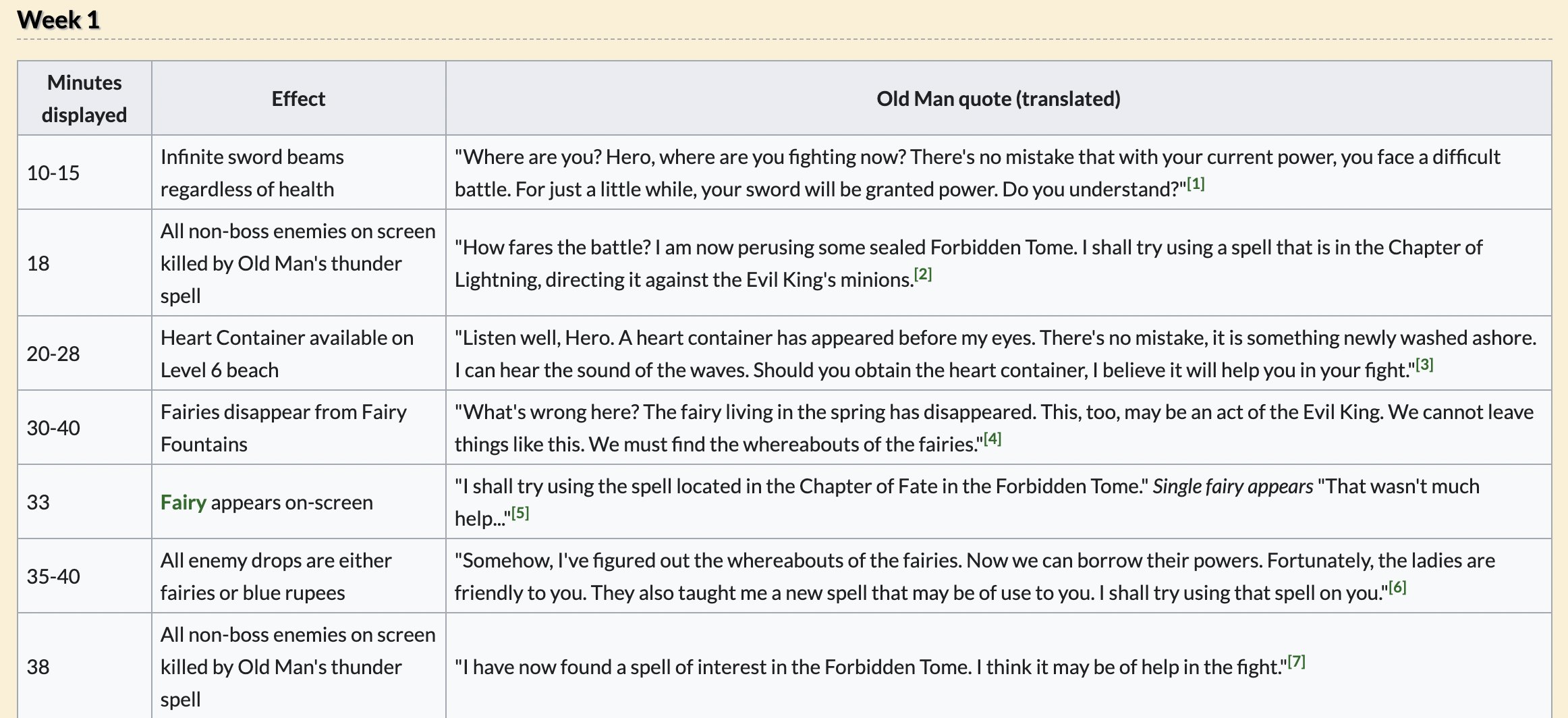The Zelda Game You Could Only Play via Satellite in 1995
Streaming a video game two decades before it went mainstream

1995 was a big year. The movie industry released Toy Story and Die Hard: With a Vengeance. The infamous Windows 95 hit the shelves. And for an incredibly special few in Japan, the months between August and November 1995 brought the opportunity to play a Legend of Zelda title that would never again be released.
The Zelda game in question is BS Zelda no Densetsu (BS The Legend of Zelda) and is the fifth game in the series. It is considered an “enhanced remake” because of its story and gameplay similarities to the original title, but the game features a different character alongside enhanced graphics and voiced spoken dialog. As such, it is also referred to as a spin-off.
This new Zelda game was the by-product of a new financial investment Nintendo had made a year prior, purchasing a nearly 20% stake in failing satellite streaming music company ST.GIGA.
Nintendo, looking to leverage this new satellite technology, developed a modem add-on for the Super Famicom. Nintendo named the peripheral the Satellaview, which allowed owners to download and stream games, magazines, and audio to their devices.
However, it wasn’t just as simple as buying the Satellaview. Not only did you need to provide your own Satellite dish, but you also needed to purchase a separate satellite tuner to connect to ST.GIGA’s platform, as well as pay a subscription fee. The upside was that the content you streamed was included in the fee.
The Satellaview attached to the bottom of the Super Famicom and at the top slot of the console you inserted the BS-X application cartridge, which itself had a slot for plugging in the memory card. The BS-X cartridge did double duty as both the interface for accessing and downloading the content off of the network, and also an interactive game in itself.
You created your own avatar character, which would also be your avatar in many of the games, and navigated a small town where each building represented a distinct part of the software.
The Satellaview had more than a hundred games, ranging from mini-games to remakes and exclusives.
Of note was a type of game labeled as a “Soundlink” title. These titles streamed game code and game audio to your console as you played the game, the catch being that you could only access this content on a specific pre-planned schedule.
The first-ever Soundlink title was the Zelda game in question and much of its differences from its NES predecessor were shaped by this new functionality.


BS Zelda no Densetsu / Legend of Zelda (1995). Source: God-Bird.
In this game, you didn’t play as Link, but rather the avatar you created in your BS-X cartridge. Name and gender were yours to pick, and they derived your physical appearance from one of the mascots you selected while in the BS-X overworld.
Story-wise, your avatar hails from a town with no name where you discover a portal. When the portal whisks you away to Hyrule, you learn of Ganondorf’s abduction of Zelda from a magical old man. You then set out to find all eight pieces of the Triforce to unlock the Master Sword and rescue the princess.
The catch was that the portal was unstable, and you could only be in Hyrule for an hour before being sent back to your town only able to return seven real Earth days later. This became the structure for the game as you played the game in four hour-long episodes every Sunday in August 1995.
The in-game clock also played a large part in the game's interactivity. Certain story beats could only be accessed at certain points of the game, such as only being able to fight Ganondorf in the last 15 minutes of the last episode. You could also receive power-ups at certain times on the clock. The below explanation is pulled from a fan-made IGN guide as it explains it far better than I could:
As an example, when you have either no Triforce pieces or just one, a fairy always appears at :33. The hour the clock states is irrelevant. It can be 0:33, 1:33, or 5:33, but a fairy will be there.

Because of popular demand, the game was re-run in September, October, and again in November of the same year. More demand for the game had it briefly returned as the player’s choice game in 1997.
As well as the game itself being streamed to the console, the game featured voice acting, the first for a Zelda game. At key moments in the episode, the game would pause and prompt you to listen as voice acting from the old man was streamed in providing hints and suggestions, during other moments in the game you also heard voiced dialogue from Zelda and Ganondorf as part of the key story beats.
As you can imagine, only a fraction of the Zelda fanbase got to experience this game, so preserving and emulating the game has proven to be very challenging. It’s not currently possible to play the game in its original form. This is primarily because the game wasn’t sold on a cartridge and was instead streamed to the RAM of the console, which was overwritten with new games and content.
Dumps of old RAM cartridges have been located and the game’s code has been emulated with some success. The original voice acting, however, does not seem to have been salvaged and, in some emulations, it has been replaced with subtitles or fan-made voiceovers.
Given all the Satellaview games were in Japanese, fans have also had to translate the game, with versions now available in multiple languages.
Source: YouTube.
The game received a remixed version referred to as “Map 2”, which featured different map and dungeons configurations and was considered the second half of the original game it was based on. It began streaming in December 1995 and ran through to the end of January 1996. Map 2 had a re-run in March 1996.
The Satellaview peaked at 100,000 customers in March 1997 and continued to receive games until the end of 1999, despite the relationship between Nintendo and ST.GIGA ending a year before. The console received three more Zelda titles that used the Soundlink functionality, each time in more mature ways as they learned from previous releases.
In a year where online gaming is widespread but the concept of streaming a video game is something that’s still being worked through by the likes of Google, Amazon, and Microsoft, it’s fascinating to learn that in 1995 Nintendo was doing it all first.
Regretfully, they did this in such a niche and exclusive way that Zelda fans today cannot experience the game like those who did in 1995.
Nintendo has only once ever re-released one Satellaview game, BS Fire Emblem, which came out on the Nintendo DS in 2009. The game is considered a faithful remake with all the episodes packaged up into one cartridge and additional content included. However, the game is a standalone experience with no streaming required. At the time, people wondered whether Nintendo would remake Satellaview games, but Nintendo has said nothing on the subject for over a decade now.
Works Cited
To write something like this, you need to do a lot of reading of information that is scattered and disparate. It’s fundamentally difficult to know if I got something correct or not. If I’ve misinterpreted something please let me know in the comments.
The BS Zelda HomePage — THE place to find everything about BS Zelda games (zeldalegends.net)
Satellaview games from The Legend of Zelda series — Wikipedia
